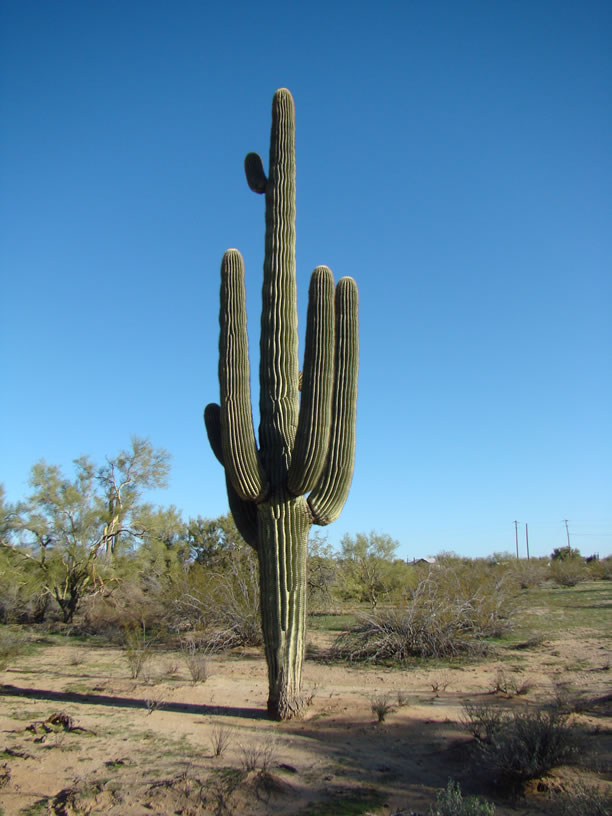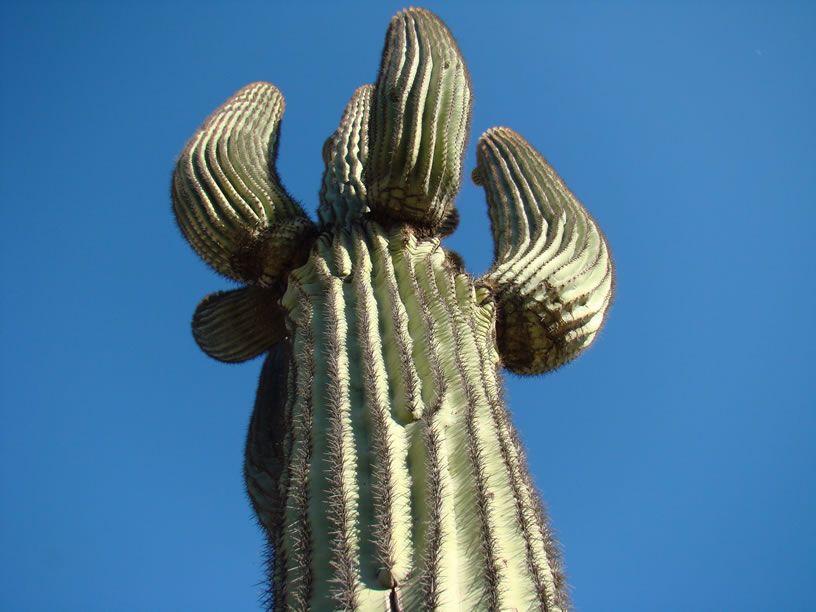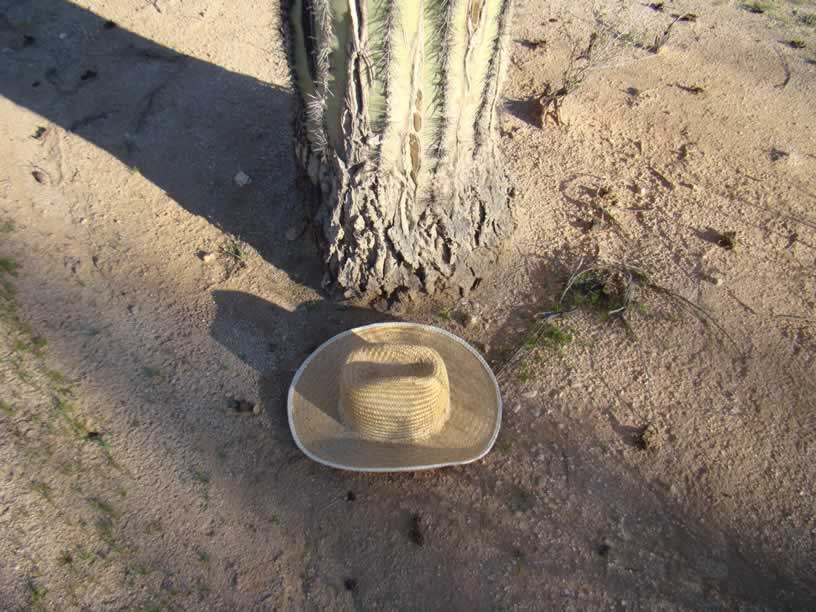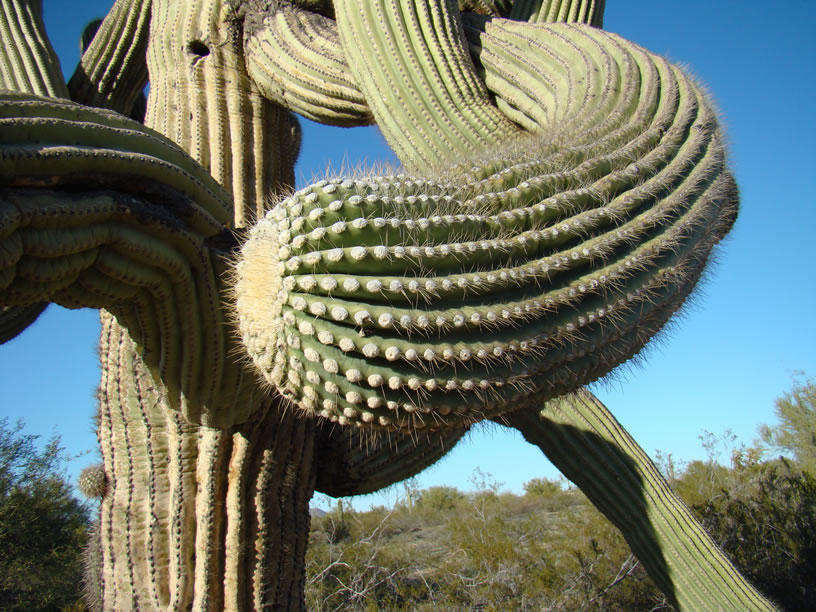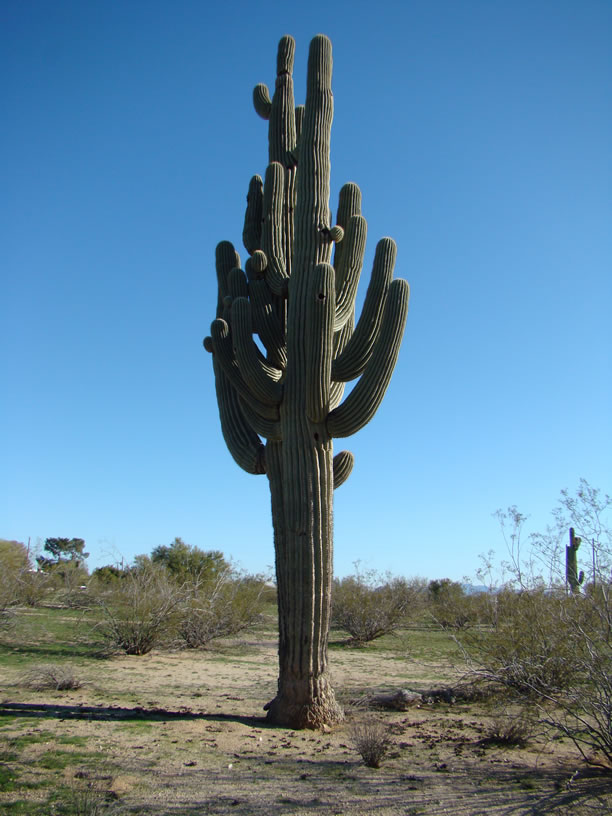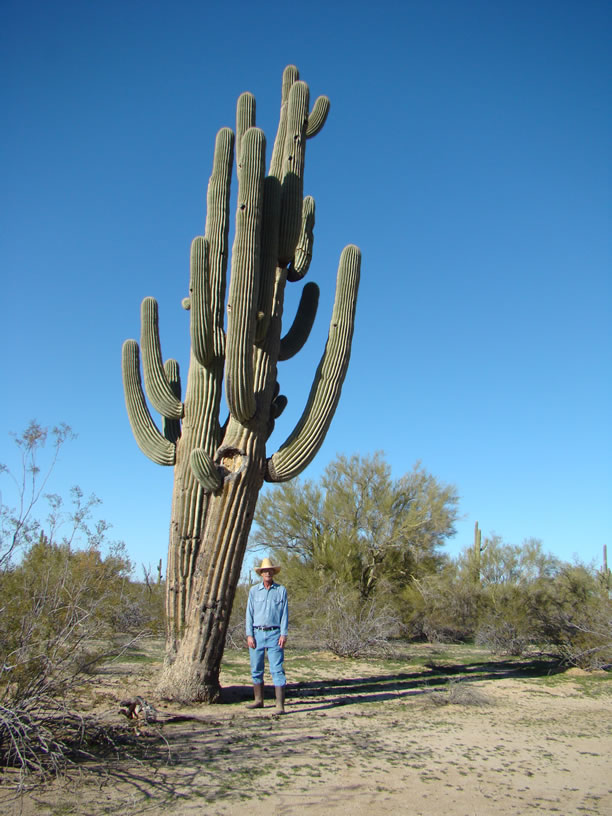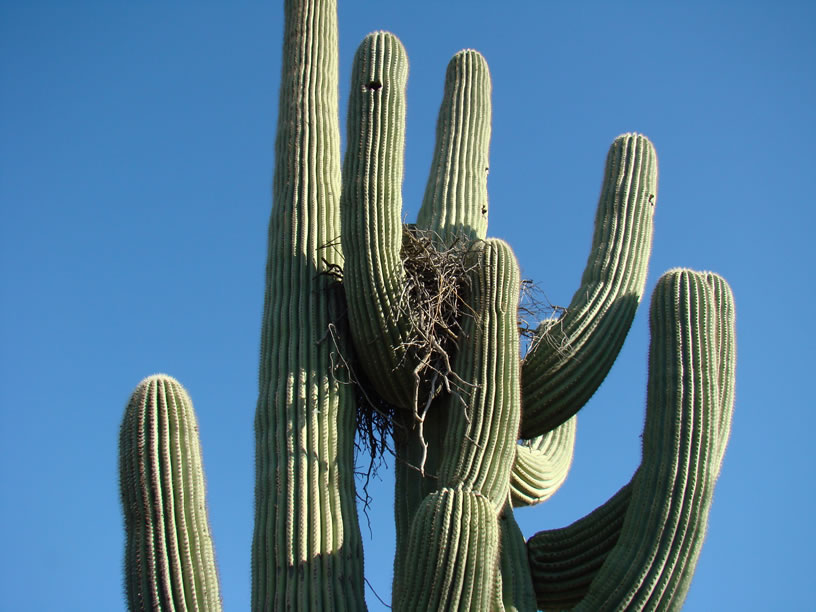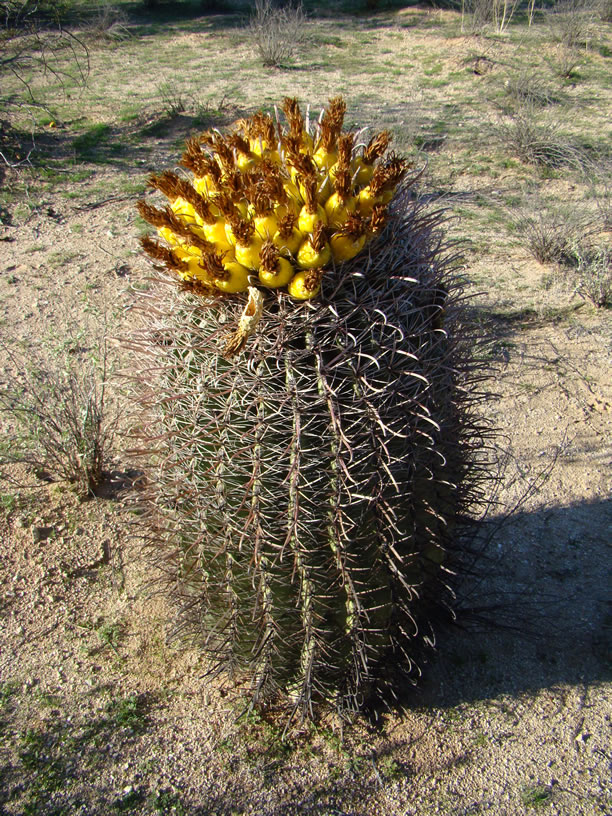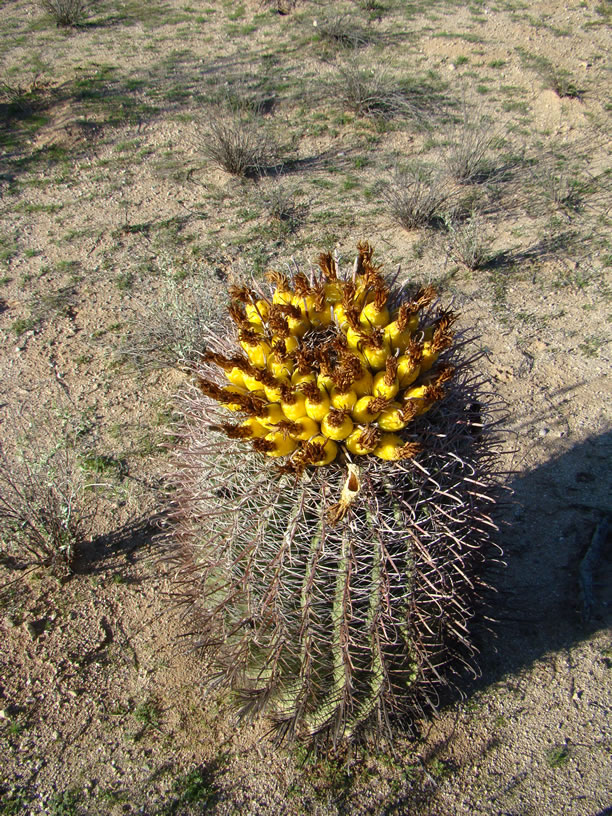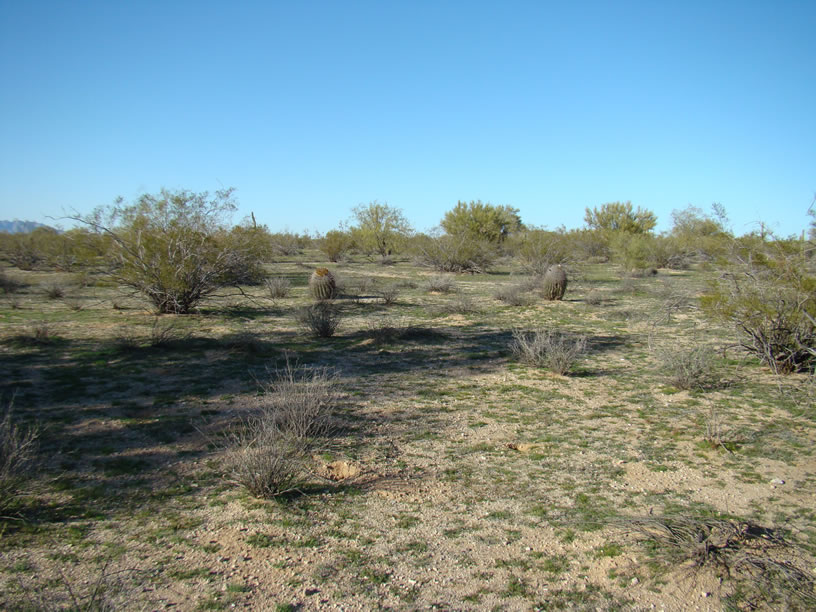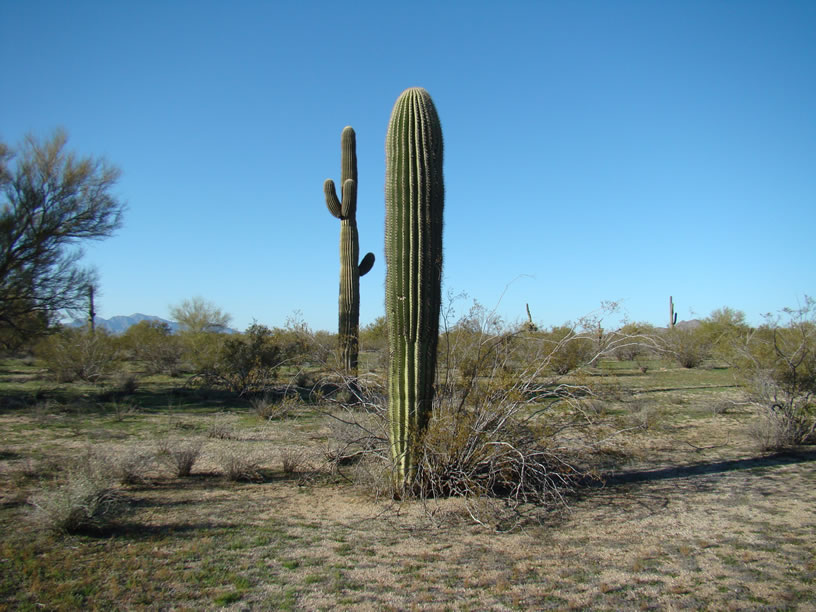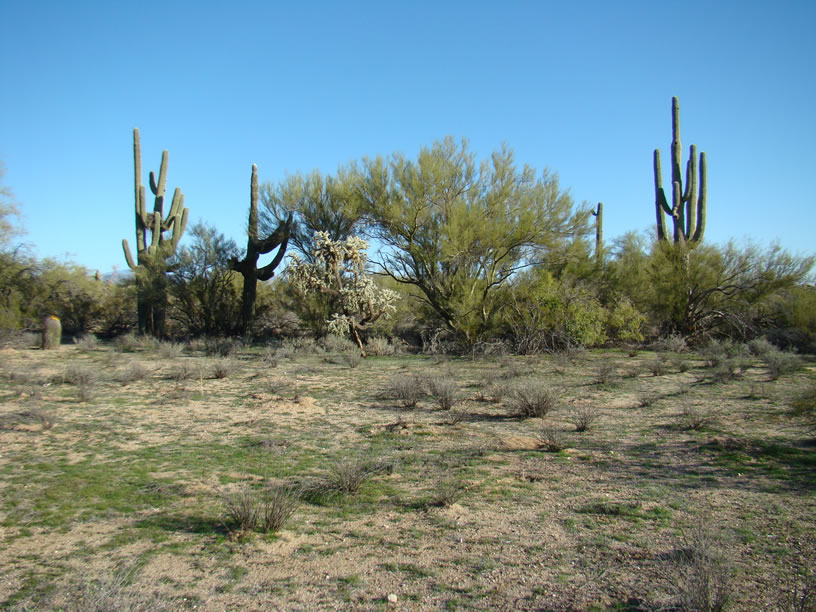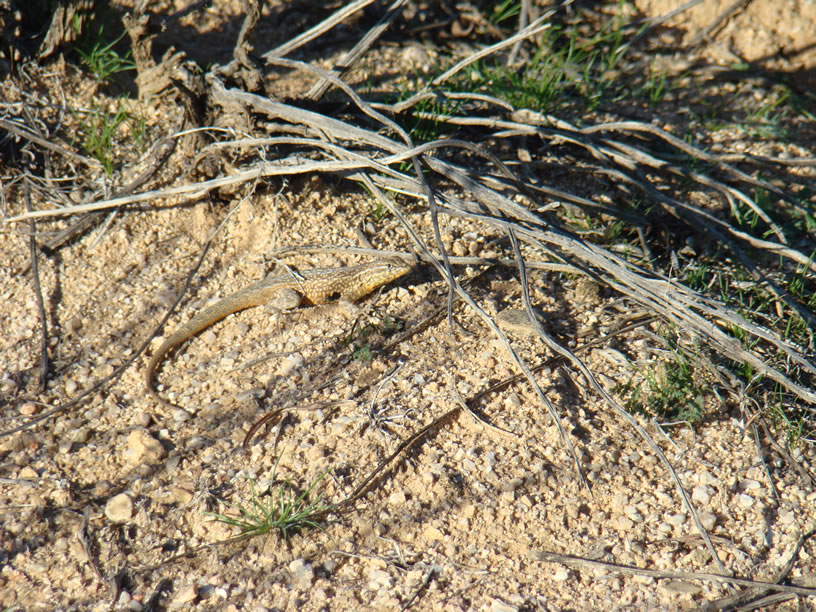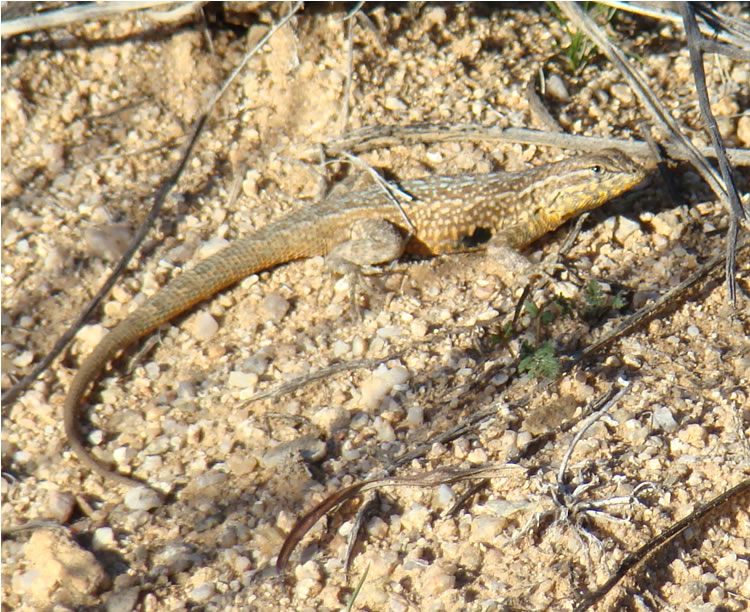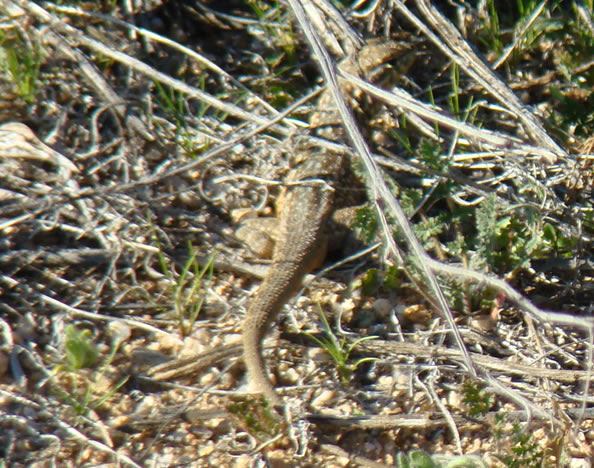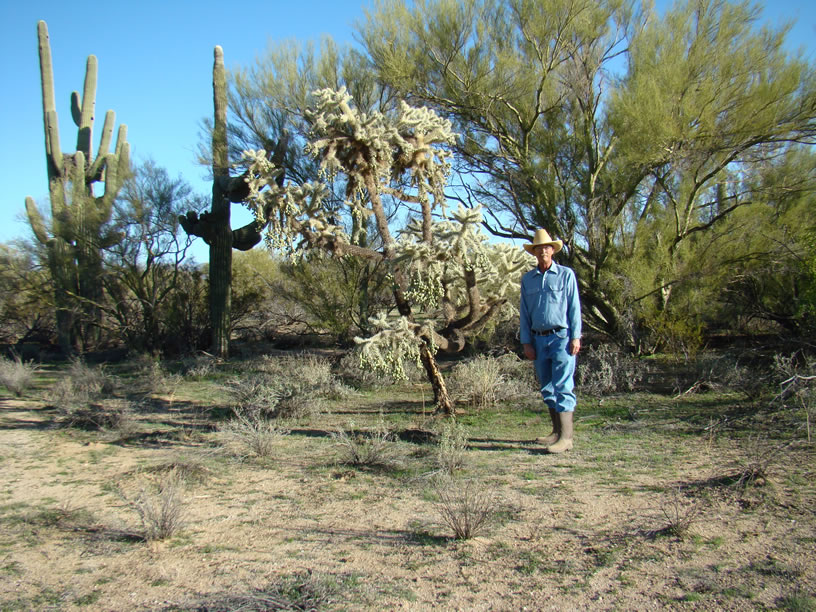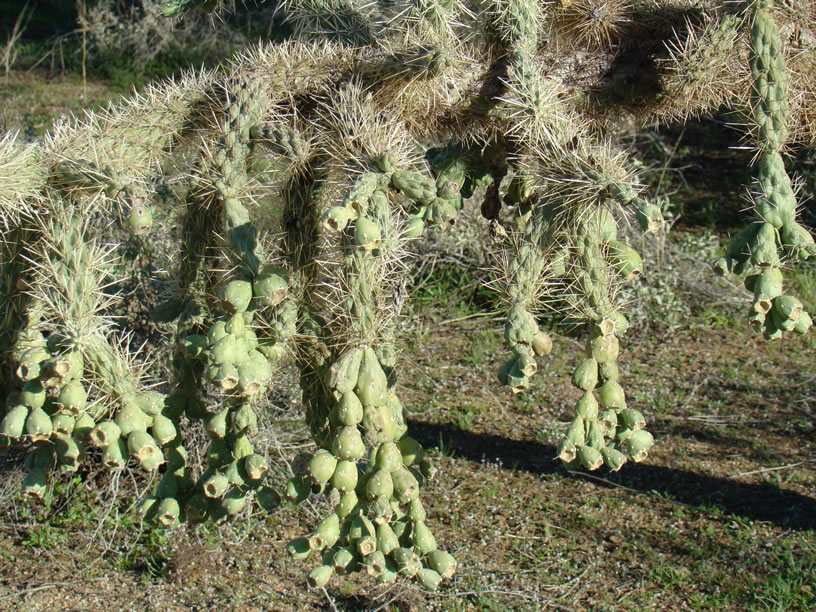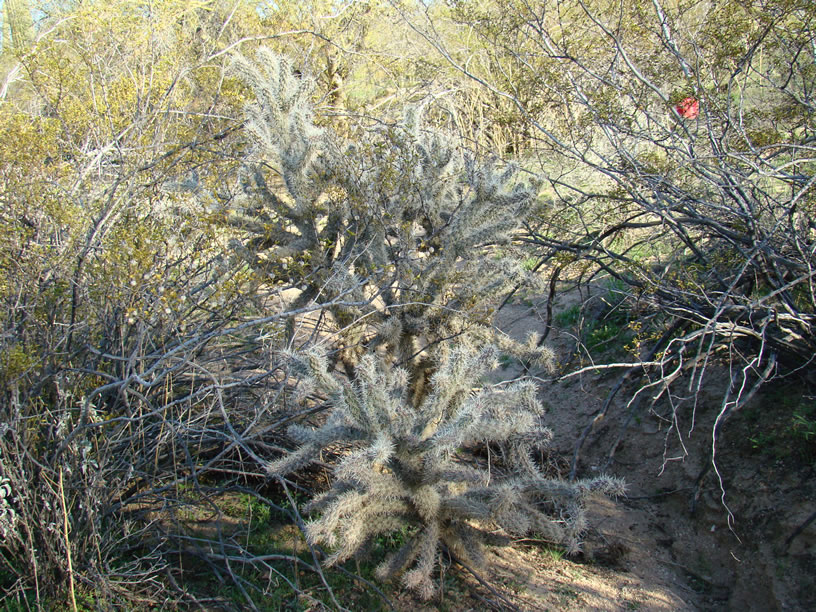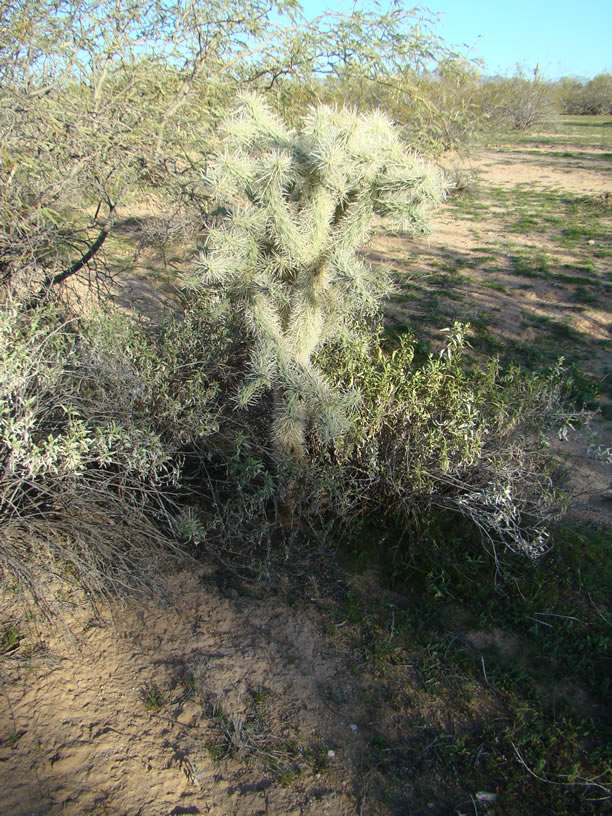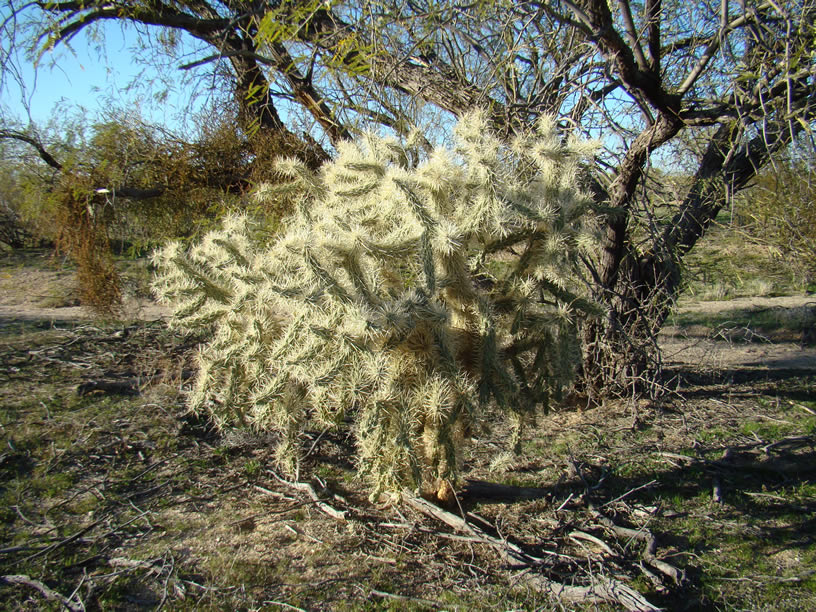Basic Information:The house is located in an unincorporated area North of Missilebase Rd on the east side of I10. The area is bounded by Missilebase on the south, I10 / Access Rd on the west and the Water Aqueduct on the east. The northern boundary is essentially non-existent (open land). The images here were taken at the end of January 2009 in an area of approximately 2 square miles. The purpose of the page is to illustrate the diversity of life in the desert. Sometimes people look at the desert and perceive a relatively empty space. The reality takes a bit of getting used to, but is certainly fascinating to explore. I like walking the open landscape and photographing the many specimens of cacti and other vegetation that can only be found in southern Arizona and Northern Mexico. Hope you enjoy looking at these images and tying to identify the varieties your self. One good resource is the Cacti Guide website. In particular the pages related by shape http://cactiguide.com/habitsearch/. However, I have included a hint snippet as well. It helps a lot if you can narrow the choices some. Saguaro National Park is named after the most
well-known cacti in the world; the Giant Saguaro (Carnegia gigantea). It is
broken up into 2 units, an East and a West. Part of the Sonoran Desert,
cacti grow here prolifically. Species that can be found here are: (These
are the hints) Super Bowl Sunday: Getting
a bit tired, will fill this out some more as time permits. |
I'll give you this one :-) Giant SaguaroThis is the archetypal cactus associated with the south western desert. In reality is is only found in southern Arizona and Mexico. This specimen is about 25 feet tall and appears to be in
excellent health.
|
|
This is easily the most convoluted cactus I have ever
encountered. It is also about 25 feet tall. |
This specimen has a LOT of branches!
This one is occupied... The nest is desert hawk |
Lots more examples:Barrel Cactus (lots of different types near by) |
Wild Life:This little guy was passing by, but stopped and waited patiently for me to get his picture! Look close and you can see him watching the process.
Look at him look at me Satisfied he has been captured for posterity, he goes
about his business... |
There are several varieties I am calling tree forms (In other words, I have not looked all of them up yet)This one is about the biggest out here at nearly 10 feet. Close-up of some of the fruit This one is smaller and a different species / genus /
whatever This one has a very strong feeling / personality Medium sized Also a pretty big specimen about 5 feet tall / wide |
|
|
